Earlier this month, EU-member governments agreed that by 2030 car makers selling in the region would have to cut CO2 emissions (improve fuel economy) from the cars they sell by 35% from 2021 levels. The cut also needs to be 15% lower by 2025.
That target was already tough at 95g/km of CO2, but that would fall to around 62g/km by 2030. Only by electrifying a good proportion of their vehicles will car makers achieve that.
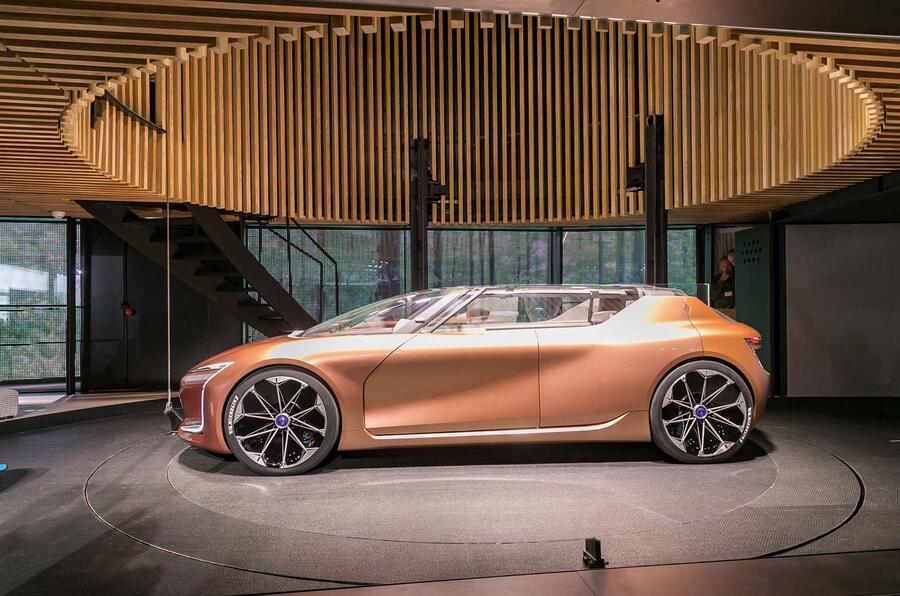
There’s still some wrangling between the governments, the European Commission lawmaking body and the elected European parliament before it goes to a final vote, likely in January next year, but it’s not expected to be watered down.
What we don’t know is whether the UK will be included in those targets once it has left the EU. The UK did participate in the October vote and, along with 16 other countries, actually pushed for a tougher cut of 40%.
Given the UK government’s apparent zeal for wanting to move towards electrification (notwithstanding its recently announced end to plug-in hybrid grants), we should assume that the UK is either part of the EU target or at least operating in parallel.
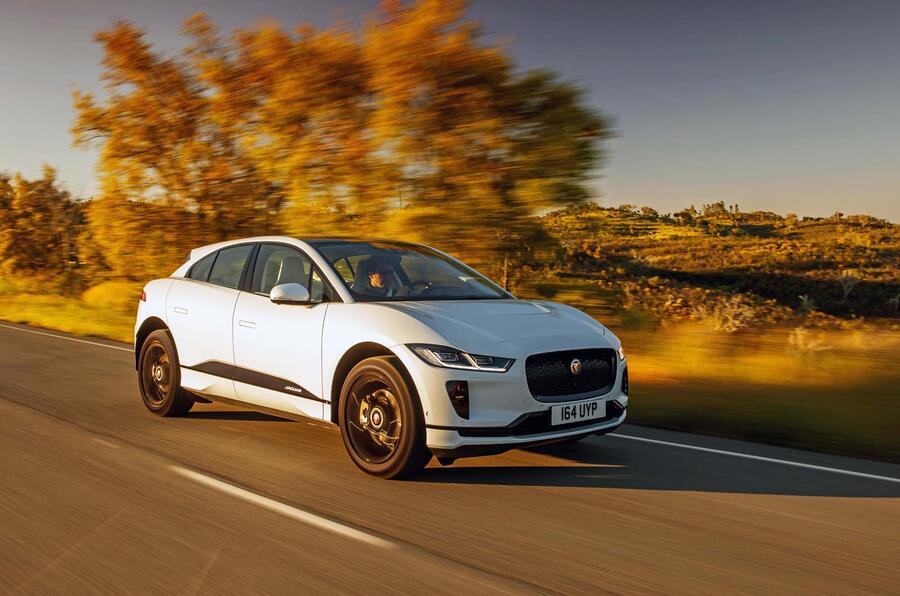

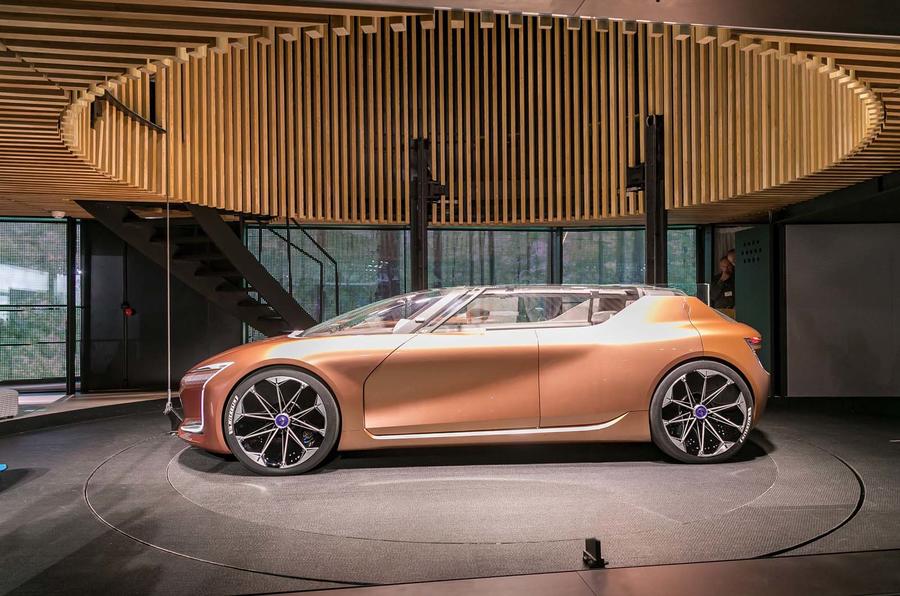


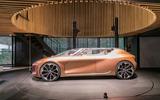



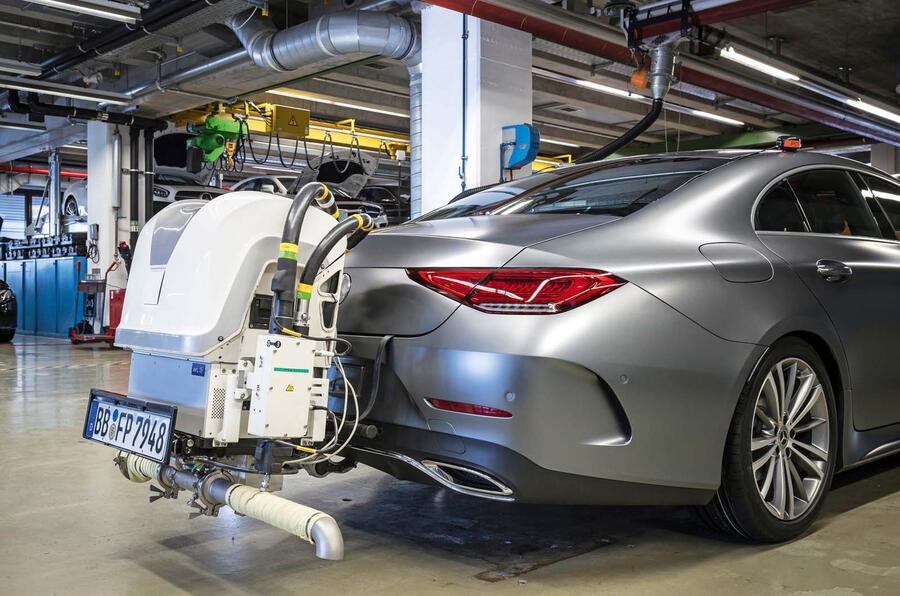


Join the debate
Add your comment
Don't panic
This is all down to
VW for willingly endangering human health to sell cars and various governments not having a clue about cars and just wanting to tax the enviromental zeitgeist of the moment.
Form a union.
As a collective body, the EU have made a decision. What if all the car makers do the same - if they are unhappy then simply get together and refuse to abide by the new EU laws - what then?